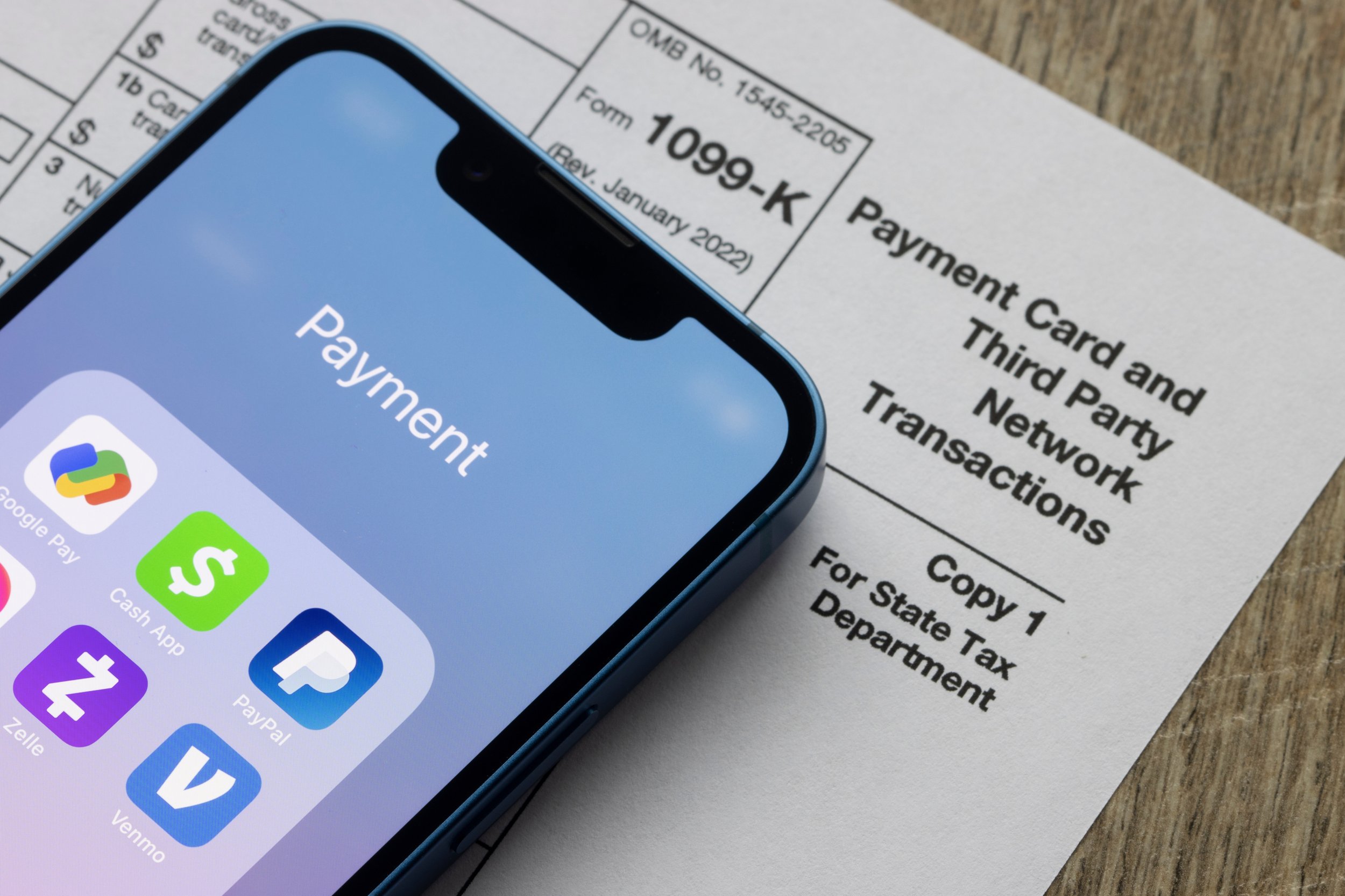Understanding the 1099-K: Reporting Payments and Ensuring Accuracy
It’s back! After being postponed in 2022 due to implementation challenges, the 1099-K form has made a comeback. The IRS recently announced that third-party payment networks will be required to issue this form, which lists payments received throughout the year, for the 2023 tax year. As this requirement becomes a reality, it is crucial to understand what the 1099-K entails and how it affects individuals and businesses.
What is the 1099-K?
Form 1099-K is a report that outlines the payments received via third-party payment providers throughout the year from various sources, such as credit, debit, or stored value cards (such as gift cards), payment apps, or online marketplaces (known as third-party payment networks). When the gross payment amount exceeds $600, these third-party payment networks are obligated to file Form 1099-K with the IRS and provide a copy to the recipient. It is important to note that Form 1099-K should not include gifts or personal expense reimbursements received from friends and family.
Who is required to file the 1099-K?
Payment card companies, payment apps (such as Zelle, Cash App, Venmo, etc.), and online marketplaces (like eBay) are mandated by the IRS to file Form 1099-K. Additionally, they are required to send a copy of the form to taxpayers by January 31st. Individuals engaged in business transactions exceeding $600 should expect to receive a 1099-K.
Exceptions for Personal Gifts and Reimbursements
It is essential to differentiate between personal and business transactions to avoid confusion when reporting payments. Personal gifts or reimbursements from friends and family, such as sharing the cost of a car ride, receiving money for birthday or holiday gifts, or getting repaid by a roommate for a household bill, should not be reported on Form 1099-K. These transactions are not considered taxable income.
Maintaining Clear Records
To ensure accuracy and avoid potential issues, it is advisable to mark transactions as personal in your payment app or set up a separate account for business purposes. Clear record-keeping will help distinguish personal and business app payments, providing a more accurate representation of your financial situation.
Dealing with Errors
There are instances where a Form 1099-K may be issued in error. This can happen when the form includes payments that were gifts or reimbursements from family or friends or if the form doesn't belong to you or is a duplicate. If you encounter such a situation, the following steps can be taken:
Contact the issuer immediately: Look for the FILER information on the top left corner of Form 1099-K and get in touch with the issuer to address the error. Keep a copy of the original form and any correspondence with the issuer for your records.
Request a corrected form: If any information on the form is incorrect, such as the Payee Taxpayer Identification Number (TIN), gross amount of payment transactions, number of payment transactions, or Merchant Category Code (MCC), request a corrected form from the issuer. The FILER information on the form will guide you in contacting the appropriate party. If you don't recognize the issuer, reach out to the Payment Settlement Entity (PSE) mentioned on the bottom left corner of the form, above your account number.
Retain records: Keep a copy of the corrected Form 1099-K along with any correspondence you have with the issuer or PSE for future reference. It is important to note that the IRS cannot directly correct your Form 1099-K.
As the 1099-K reporting requirement resumes, it is vital to familiarize yourself with its implications. Understanding what transactions should be reported and distinguishing between personal and business payments will contribute to accurate tax filing.

